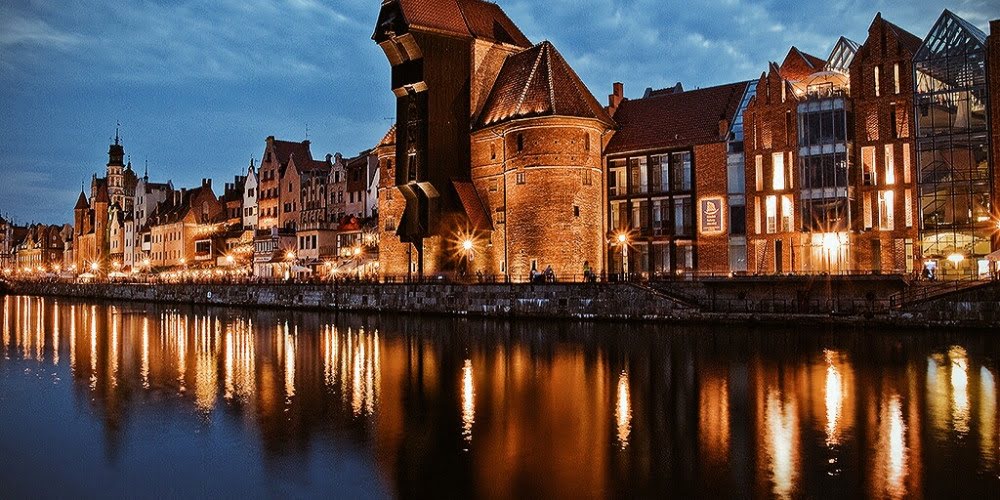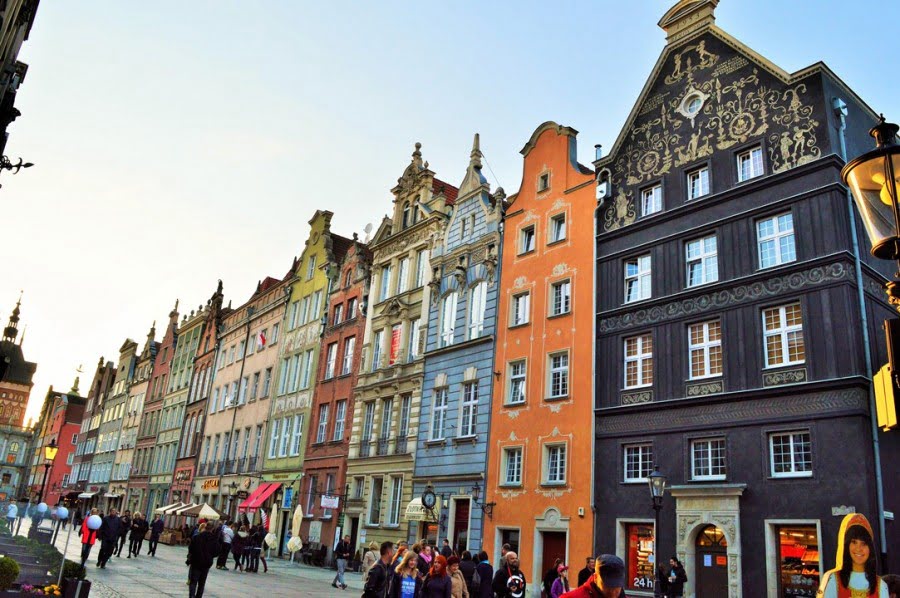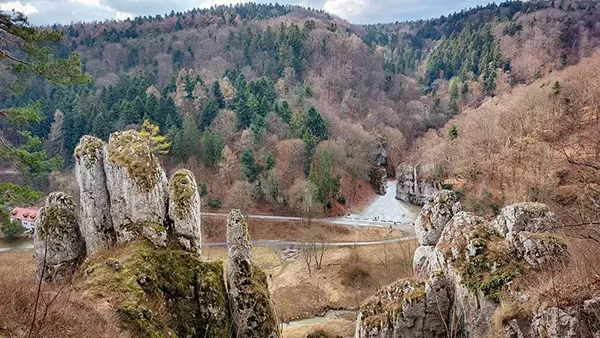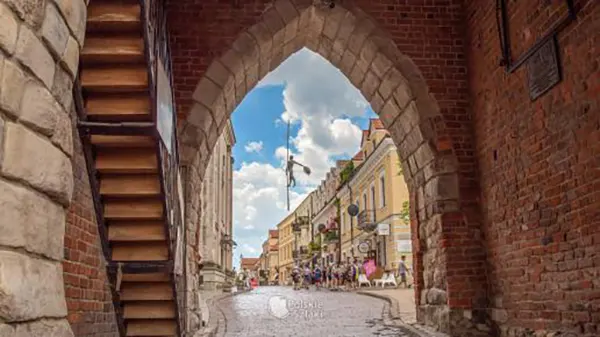
The Old Town in Gdańsk
The Old Town of Gdańsk is also known as Stare Miasto (in Polish), Stare Miasto or Glówniej Masto. It encompasses an area in the historic centre of Gdańsk. The district has several streets, which are interconnected with each other. They are characterised by original architecture, some of which has been restored to resemble the original.
Historical background
In the 14th century, the town was ruled by the Teutonic Knights. It belonged to Prussia and was called Danzig. After 160 years, the Order fell when it was defeated in another battle relating to the Thirteenth War. For a long time, the fate of the town was not decided, as its convenient location attracted many people. However, the Polish kingdom still managed to recapture it, gaining access to the Baltic Sea.
Nevertheless, its possession by the Polish authorities was short-lived. The Second Partition of the Polish-Lithuanian Commonwealth brought about its own changes. Thus Danzig fell back into Prussian hands. World War I gave the town a free status, but most of its population was German. The Poles, on the other hand, were left with the management of foreign affairs, the management of the railway and the use of the waterways.
With the outbreak of World War II, the Germans again wanted full possession of Danzig. Their army tried to take over the whole city, but the Poles did not want to surrender so easily. Despite the fact that the fight for it lasted several years, the Soviets liberated it in 1945. Thus the name of Gdansk was returned. However, its historical heritage was almost entirely lost.
During the war the city suffered a lot. Battles broke out on the battlefield, during which most of the buildings were demolished. Historic sites were razed to the ground. But at the end of the terrible period, when the town reverted to Polish rule, it began to be rebuilt. Today it is difficult to imagine how much it suffered during the war.

Main sights
The old town is full of interesting cultural sites. Almost every architectural structure has an impressive story to tell. The city’s beginnings are marked by the Upper Gate (Brama Vižina). Today it is home to an information centre, while the Royal Road was once the starting point. The gate is decorated with inscriptions in Latin.
Continue on and you’ll come across a building that was once used as a torture house. It is now home to the Amber Museum. Although there is some historical information about the “torture” period of the building, most of it focuses on the fossilised resin.
Gdańsk was once famous for its booming trade. It made it one of the wealthiest cities in Poland. Coal was the main product of the area. That’s how the name Coal Market got its origin, and today it’s Coal Square. The deals were made there for a fabulous sum of money.
You can get to the main part of the Old Town through the Golden Gate. It’s not so much a pompous structure as a kind of “portal”. You walk through it and you’re in the thick of it. The gate itself is a modest gilded arch. The main building is made of traditional brick.
There’s even more to see in the Old City. It shouldn’t stop at just the first few. There are cafés, however, where you can grab a bite to eat before continuing on your adventure.
Popular articles
-
 Kraków Valleys — Picturesque Gorges, Rocks and Walking Trails near Kraków
Kraków Valleys — Picturesque Gorges, Rocks and Walking Trails near KrakówThe Kraków Valleys, known in Polish as Dolinki Krakowskie, are …
-
 Brama Opatowska in Sandomierz: A Gothic Landmark of Polish Heritage
Brama Opatowska in Sandomierz: A Gothic Landmark of Polish HeritageBrama Opatowska, or the Opatów Gate, is one of the …
-
 Zamek Korzkiew — A Medieval Fortress on the Trail of the Eagle Nests
Zamek Korzkiew — A Medieval Fortress on the Trail of the Eagle NestsSituated just 13 kilometres from Kraków, Zamek Korzkiew is a …
